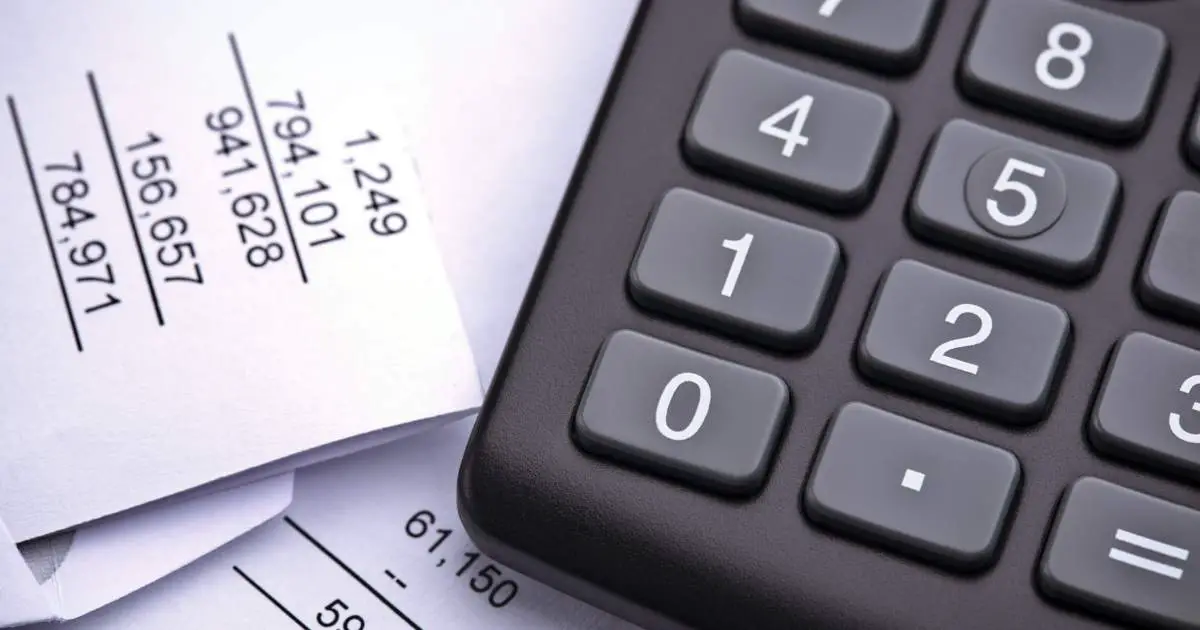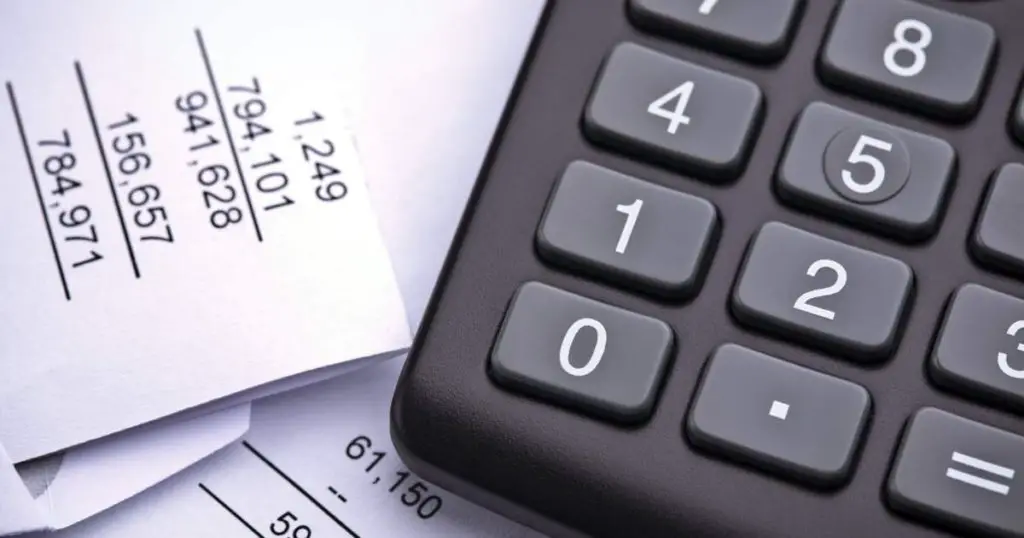
One of the most important aspects of investing in LEGO or any other collectible items is that you need to understand the numbers. As we showed in our video – 5 tips for LEGO investing from Warren Buffett – this is crucial for any investment, including stocks, real estate, and others.
The numbers we will list below are crucial, because you need to understand them to keep any LEGO business running. These are numbers that every LEGO reseller should know.
Some of these numbers are related to each other and some are not. But what’s important is to keep these numbers in mind if you want to be successful in LEGO investing.
Whether you are new to LEGO reselling or have been a reseller for quite some time, these are the things you should be thinking about. Here are the eight numbers you should know:
1. REVENUE
Revenue is the sales you are making. This is the amount of money that comes upon every sale of your LEGO set. To put it shortly, this is the number that you’re being paid for by the buyer for the LEGO that you sell. If you sell your LEGO set for $200, your revenue is $200.
When we talk about the selling price of a set, that selling price is the revenue you will receive when you sell it.
Revenue does not account for selling fees or costs. We will get to those next.
Measuring your revenue is the key to being able to understand the profitability of your LEGO business, because it contributes to the profit margin and ROI calculations. This leads us to the second number you should know.
2. PROFIT
Keep in mind that revenue is not the profit. Revenue is the actual amount you get in the sale of LEGO sets. Profit is the amount that remains from your revenue after deducting the amount you have paid for the LEGO set plus all other expenses. These expenses are the value you have incurred in selling your LEGO sets like shipping, storage facilities, etc.
Knowing your profit is crucial for your business growth. It provides you information if you are making money from your LEGO investment.
Not only should you be able to calculate the profit for LEGO sets you have sold in the past, but you should also be able to quickly come to a ballpark number on how much you might profit on a set you are considering for investment or resale.

3. COST OF GOODS SOLD
This is the number you have paid to get the item you have sold. This doesn’t mean all the money you have spent on your inventory, but it is the price of the LEGO sets that you have sold. For example, if you have sold two LEGO sets, the Cost of Goods Sold is how much money you have paid to buy these two LEGO sets plus all related expenses like courier fees.
The Cost of Goods Sold is being deducted from your revenue to know your profit.
4. RETURN ON INVESTMENT
Return on investment, or ROI, means the money you make for every dollar you invest into your LEGO set based on percentages. Calculating for ROI is easy. Simply get the difference from the amount you have gained in selling your LEGO set less all the fees and the amount you have paid for buying that LEGO set, and divide it by your investment. For example, if you have paid $100 to sell a LEGO set, and in return, you have gained $200 less all expenses, then that’s a 100% return on investment.
Monitoring your ROI is important. This will help you determine if you need to think of new strategies to decrease your expenses. You can also determine which LEGO sets usually have low ROI, and decide if you will stop investing in them.
5. COMPOUND ANNUAL GROWTH RATE
The Compound Annual Growth Rate, or CAGR, is used to know how your investment has performed over time. Unlike Return on Investment which focuses on how much you have earned from your investment in every sale, the CAGR is used to measure the annual growth rate over time while taking into account the time value of money.
Cash gets less valuable over time. This is due to inflation, which causes the price of ‘stuff’ to get more expensive as time goes on. To combat inflation, we need to invest, so that money grows faster than inflation, making us more wealthy.
Investments do the opposite – they get more valuable over time. With that in mind, we need to consider the time that we hold a LEGO set for before we sell it.
So if you plan to hold on to your LEGO set for two years, you need to take into consideration the holding time of two years to know how much return you are making on an annual basis. This helps you to compare that investment with other similar investments you could be making.
While this is more complicated to compute and a slightly more advanced metric to track, it is important for anyone who wants to take the LEGO investing business seriously.
Here is the formula to calculate Compound Annual Growth Rate.
6. PROFIT MARGIN
Profit Margin is the total amount of revenue left over after all expenses and income is accounted for in terms of percentage. It is a ratio that shows how much out of your total sales are turned into profit.
Knowing your profit margin is important so you can be able to determine if you are pricing your LEGO sets too low, or if you are incurring too many expenses just to make a sale. It generally reveals the health of your business.
When your Profit Margin is low, it means you are not getting the best return for all the expenses you have acquired.
In other words, you need to either increase the revenue or decrease the costs to improve your profit margin. Decreasing costs is often the easier route to take. Check out this article on how to reduce the cost of shipping supplies!
7. EXPENSES/COSTS

The costs that we are taking into account here are not just the Cost of Goods Sold or the money you have paid for buying your LEGO set.
Expenses include the fees you are paying for your selling platform, the expenses you have made for buying your storage materials, the amount you’re paying for the rent of your storage facility, your utility expenses, travel expenses in buying your inventory, and all other expenses relating to your business including your time.
It is important to know how much expenses you are incurring at this affects your profitability. If your expenses are too high, try changing your strategy.
Consider ways you can decrease your costs. Can you buy sets at lower prices? Can you cut your utility bills, or storage costs? Can you get storage boxes for free instead of paying for them?
8. INVENTORY VALUATION
The inventory valuation is the current worth of your inventory in the market. Knowing this number will help you know what your inventory is worth at a given time, and will help you decide when to sell your LEGO set.
For example, when a LEGO set retires, its price increases since it will be considered a rare LEGO set. So you might want to stay updated on the news of nearly retiring LEGO sets and get the most money from your LEGO sets.
Overall, the objective of knowing your inventory valuation is to give you a picture of how much you can make when selling your LEGO sets now and will help you decide to sell right away or wait for the value of your inventory to go up.
These are just eight numbers and there are other important numbers that you should know. But these eight numbers are a great starting point if you are planning to start or grow your business.
Learn more about LEGO investing and reselling
Check us out on YouTube. We create tons of videos about strategies and tips on LEGO investing and reselling.
You can also join us in our free Facebook Group and be part of discussions and conversations with like-minded LEGO collectors and investors.
